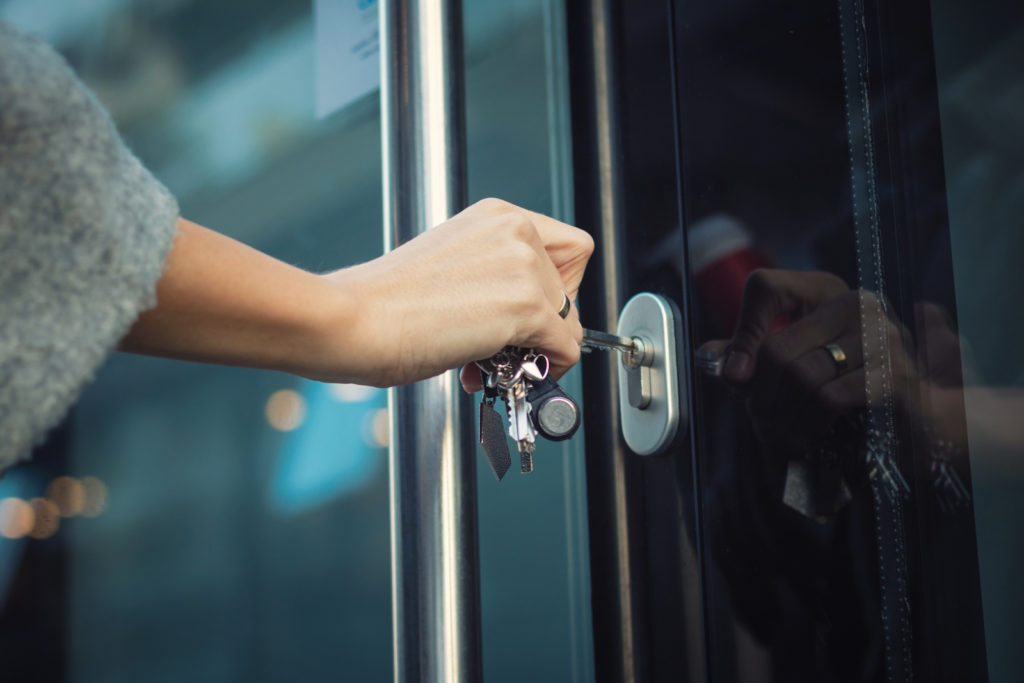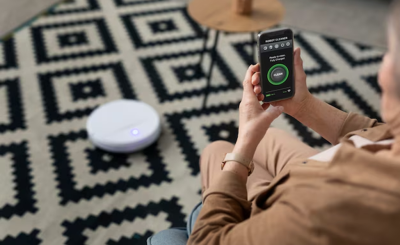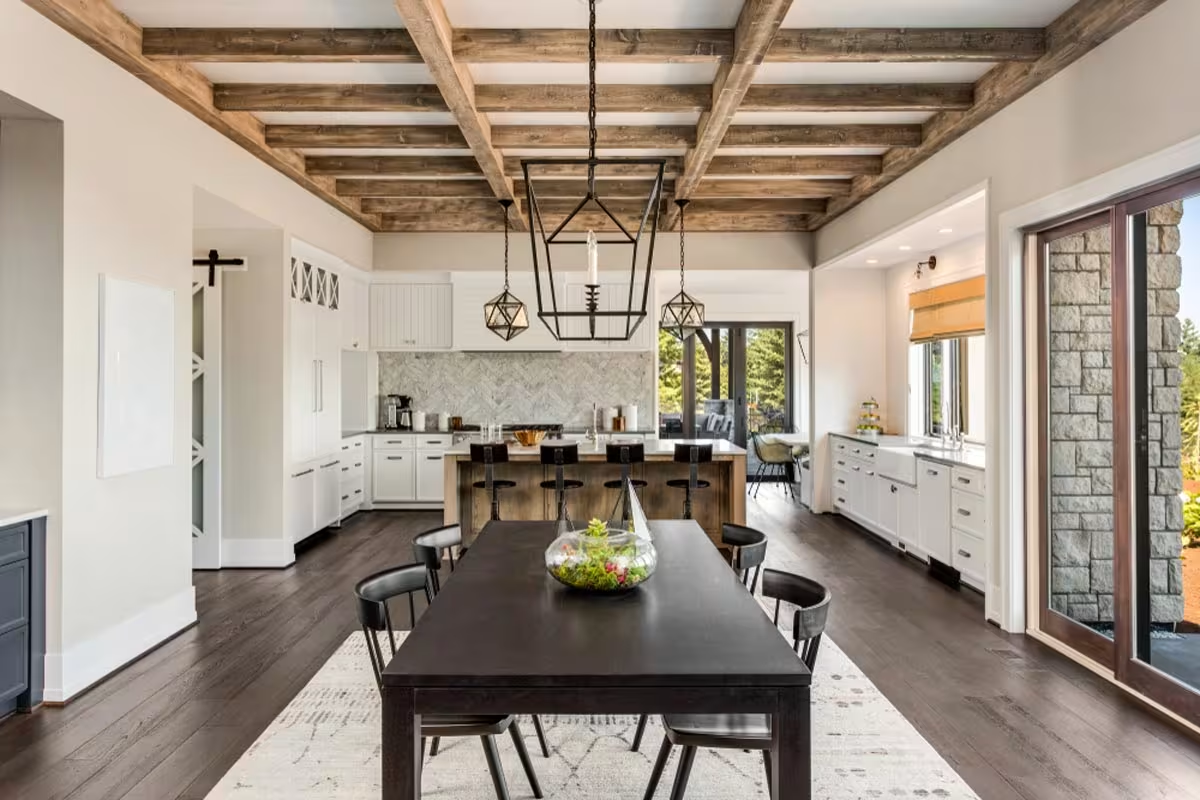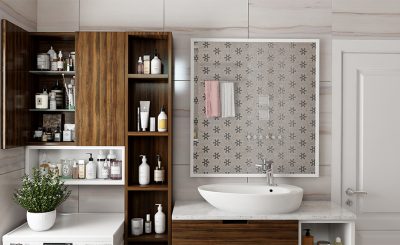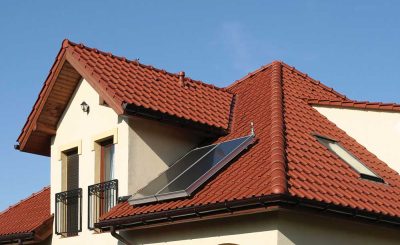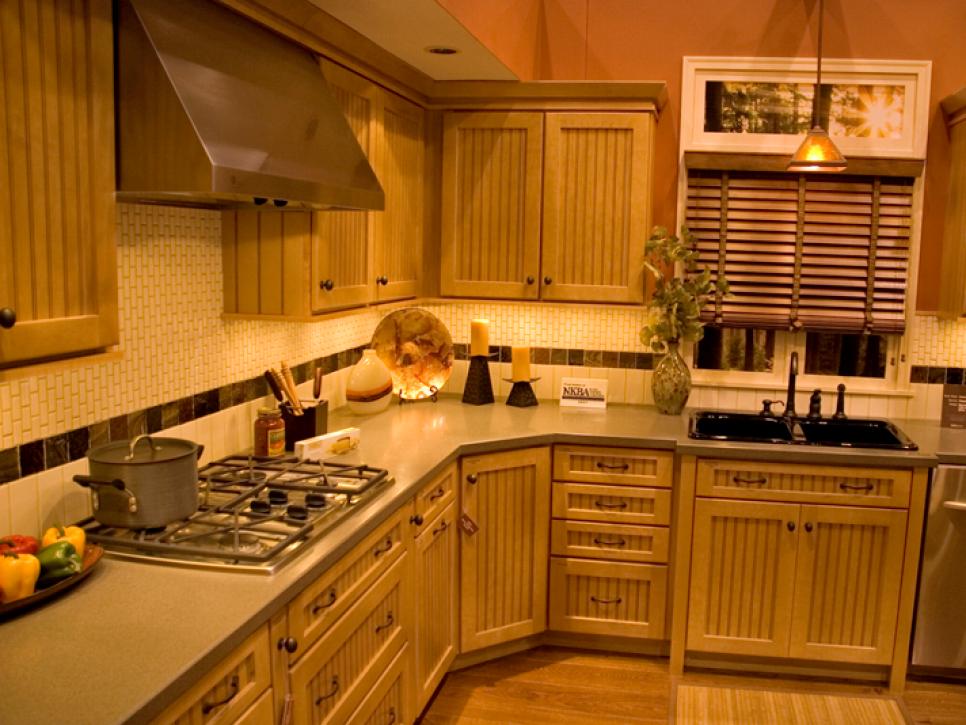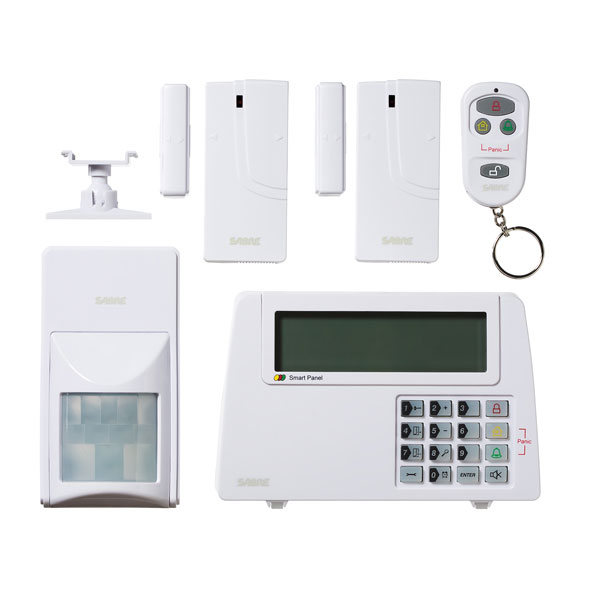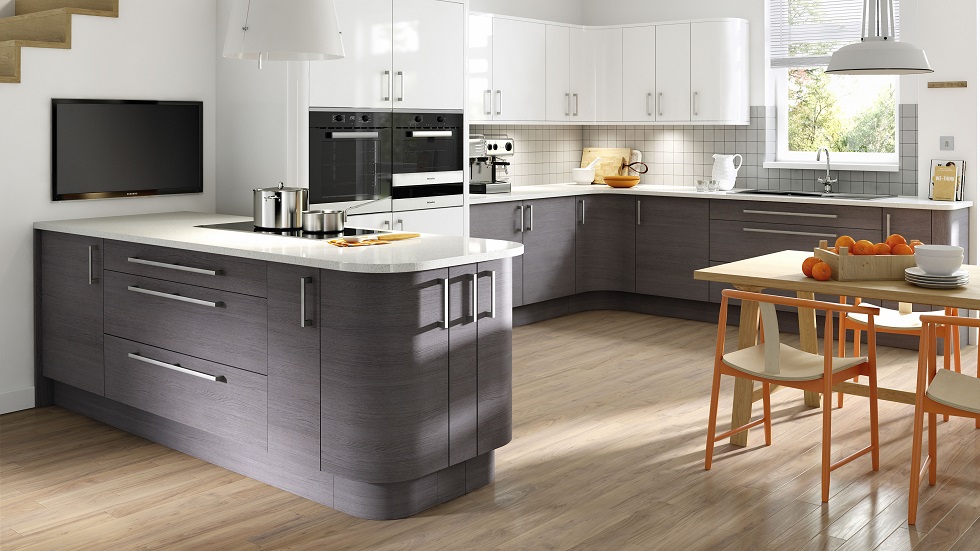Homeowners have a few options when it comes to protecting their homes. Professional systems are available that include monitoring and installation services, but there are also DIY security upgrades homeowners can install themselves.
For instance, you can use a smart video doorbell that acts as a peephole, doorbell and walkie-talkie all in one. You can also add theft-deterrent features to sliding glass windows like dowels that make it difficult for thieves to open them from the outside.
1. Doorbell Cameras
Doorbell cameras can keep you apprised of who’s at your front door, so you can know whether a package is being delivered or if a stranger is at your doorstep. They can also be used to monitor babysitters, maintenance workers and other guests.
Overgrown bushes and tall grass are one of the easiest ways for burglars to see if your home is occupied. To discourage them from coming onto your property, regularly trim bushes and keep the grass short.
If you don’t want to invest in an entire system, there are several DIY options from reputable brands that allow you to build security your way with add-ons and professional monitoring without a long-term commitment. The best DIY systems are easy to set up and connect to multiple smart devices.
2. Motion Sensors
Many homeowners don’t think of motion sensors as security-oriented, but they can be a big help. If you have a smart home camera system like CYNC, you can pair it with your motion sensor to monitor your entryway and let you know who is there before you answer the door.
Basically, a motion sensor uses passive infrared (PIR) technology to detect heat changes and trigger an alarm when they occur. They’re best used outside but can be placed inside to monitor areas where burglars often target items like jewelry or money, like the master bedroom. Just be careful when placing them; hot air vents, kerosene heaters, radiators, and other heat sources can interfere with the sensor. It’s also important that the sensor has a clear view of the area.
3. Smoke Detectors
Many DIY projects aim to make a home more modern or appealing, but they can also help improve security. Some of the best DIY home security upgrades are smoke detectors.
Home fires kill a person every 93 seconds, and a well-placed, hardwired smoke detector can save lives. Install one in every bedroom and on all floors of your home. You can purchase battery-operated or smart tech (such as Google’s Nest) smoke detectors, depending on your budget and DIY skill level.
Be sure to keep ladders, pry bars, big screwdrivers, hammers, and other burglar tools away from your home, where they could be used to disable alarms or cut wires. This simple security tip can prevent burglars from compromising your safety and may even save you money on homeowners insurance.
4. Door Locks
Door locks are one of the most common entry points for burglars, so a good door and frame with a smartcode deadbolt is an easy DIY home security upgrade. You should also install a lock that can be locked using your phone, as well as a doorbell alarm that will alert you to an intruder.
Ground floor windows can be the next easiest point of entry for thieves. Make sure that all lower level windows have locks and secure them at night, and when you’re away. You can also plant thorny or cactus plants around your home to deter thieves.
Another great DIY security tip is to mount a motion detector on your garage or porch. This will turn on your lights when it detects movement and scare off any potential intruders.
5. Window Sensors
Window sensors are another simple DIY home security upgrade that can prevent burglars from breaking into your house through open windows. They can also be used to monitor children or the elderly if they are trying to sneak out of a bedroom.
Just like door sensors, window sensors have two parts: a magnet and a contact sensor. When the two parts are close together, the circuit is active and the window sensor sends an alert to your home security system. When the magnetic connection is broken—say, if the window is opened—the contact sensor flips and the alarm is triggered.
Surface-mount window sensors are easy to install and don’t require drilling into your window frames or sashes. However, some prefer recessed window sensors since they look less visible.


